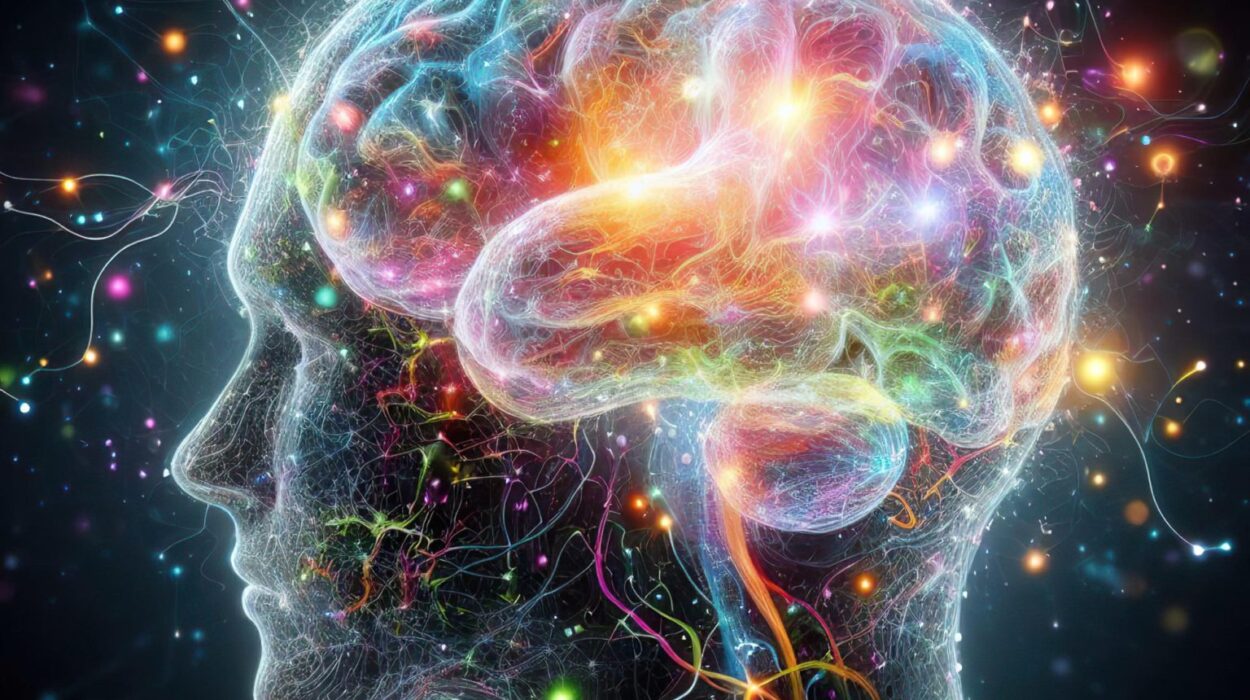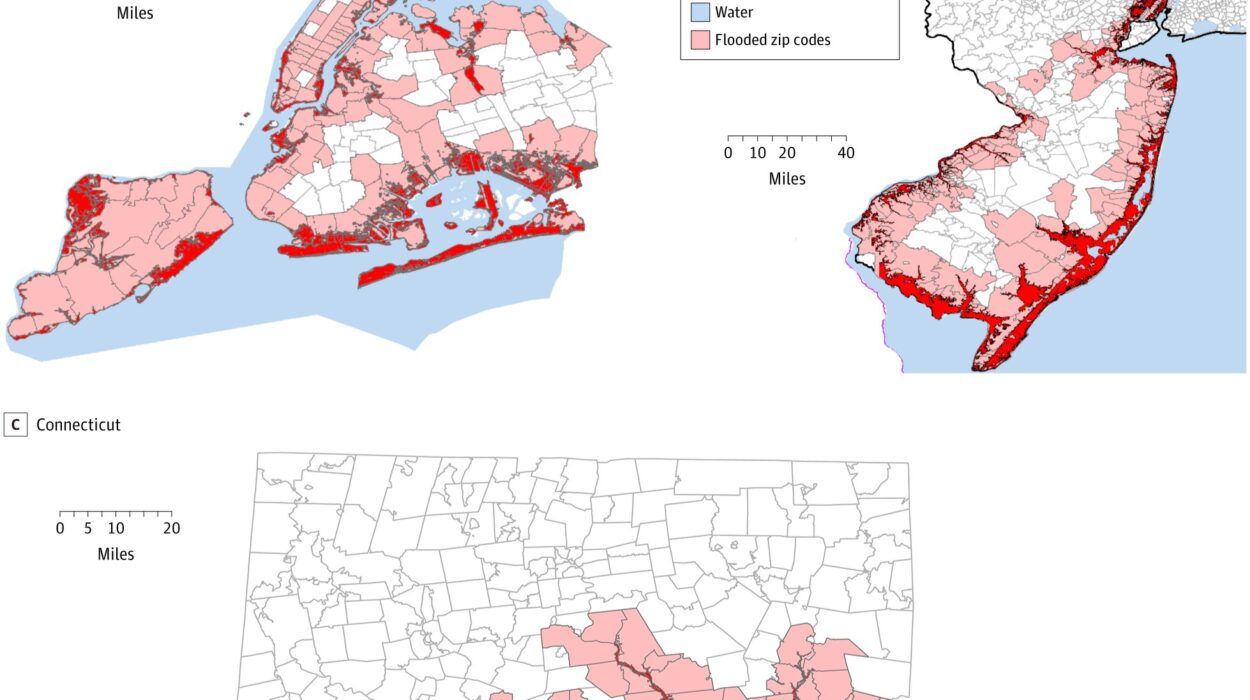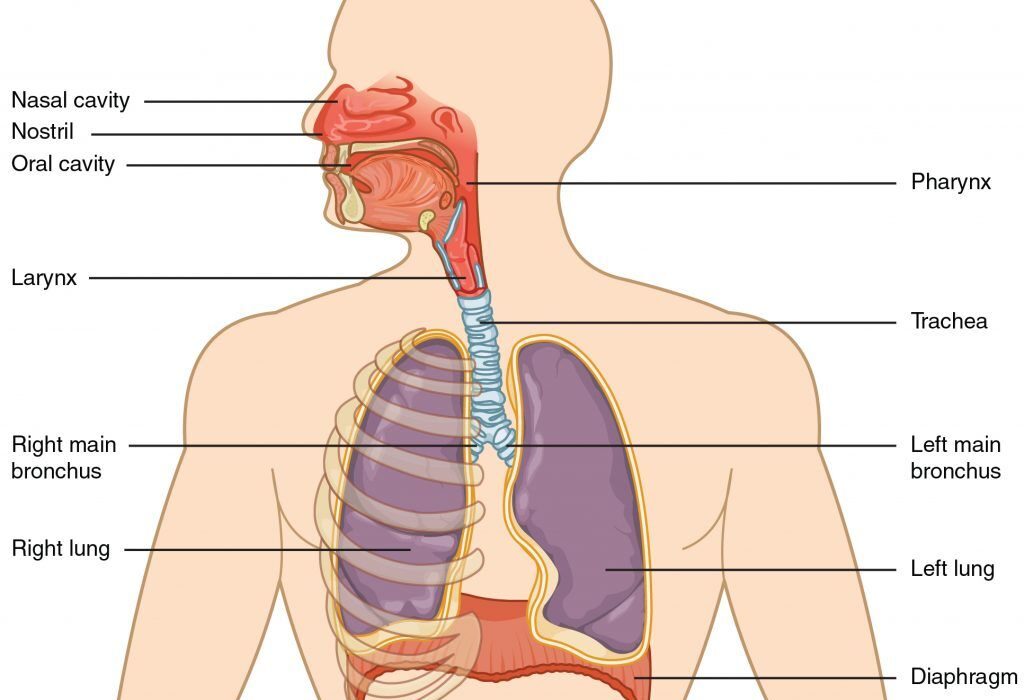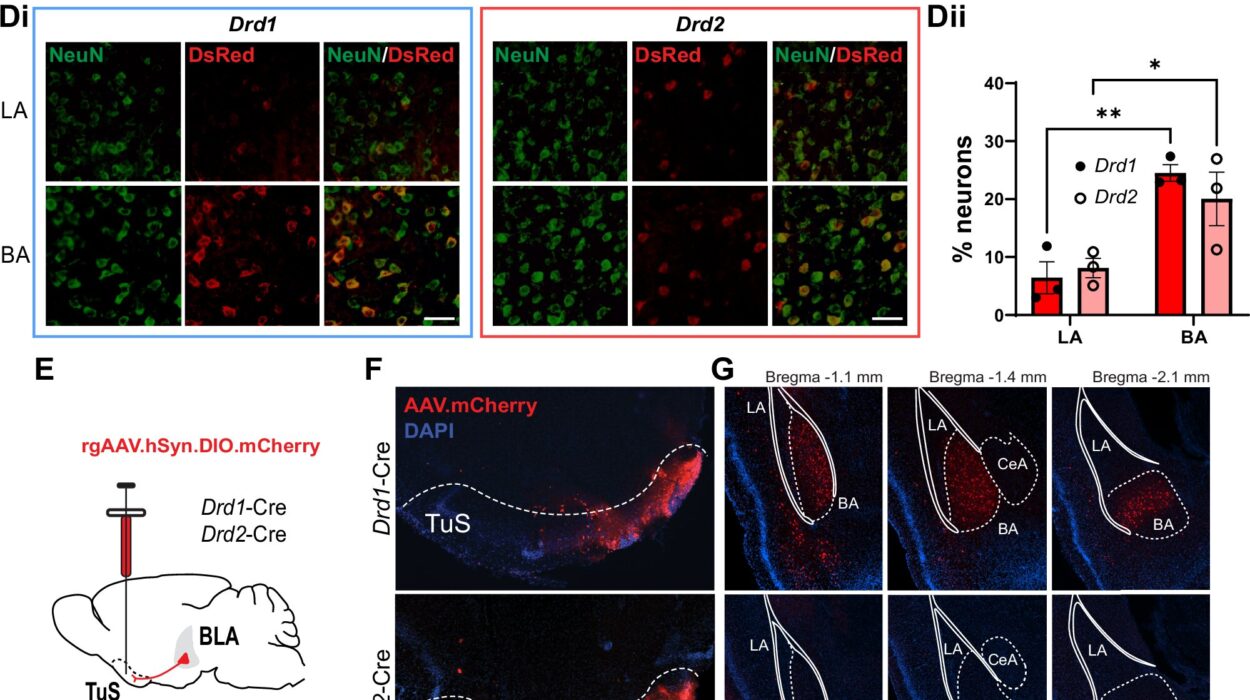For centuries, psychedelic substances have stood on the fringes of science and society—fascinating to some, feared by others, and misunderstood by many. But in the past two decades, a renaissance has unfolded across psychiatry and neuroscience: a resurgence of serious, rigorous research into the mind-altering effects of psychedelics. These studies have increasingly suggested that compounds like psilocybin, LSD, and ayahuasca don’t merely produce fleeting euphoria or kaleidoscopic visions—they may catalyze enduring psychological transformation.
Now, a new study published in the Journal of Psychoactive Drugs takes that idea one step further. It suggests that psychedelic experiences, particularly those that involve deep mystical or spiritual elements, may lead to lasting increases in psychological flexibility—a foundational trait linked to mental health, resilience, and emotional adaptability.
What Is Psychological Flexibility—and Why Does It Matter?
Psychological flexibility might sound like a vague buzzword, but in modern psychological science, it holds immense weight. At its core, it refers to a person’s ability to stay open to inner experiences—thoughts, emotions, memories—even when they are uncomfortable or painful, while continuing to act in alignment with one’s values and long-term goals.
Rather than trying to suppress or escape distressing thoughts (“I’m not good enough,” “I can’t handle this”), flexible individuals are able to make space for them and continue living meaningfully. This ability is central to therapies like Acceptance and Commitment Therapy (ACT) and is increasingly recognized as a key mechanism behind recovery from depression, anxiety, addiction, and trauma.
In this context, psychedelic experiences—especially those involving powerful emotional or spiritual breakthroughs—have emerged as possible tools for expanding this capacity.
The Study: A Retrospective Glimpse Into the Psychedelic Experience
The research, led by Bruno Romeo of Paul Brousse Hospital and Université Paris-Saclay, builds on earlier studies that found links between psychological flexibility and reductions in alcohol, tobacco, and cannabis use. Curious about what might be driving these shifts, Romeo and colleagues set out to investigate whether the intensity or nature of psychedelic experiences could influence a person’s level of psychological flexibility.
They turned to a familiar method: a retrospective online survey. The team collected data from 403 French adults who had undergone a personally meaningful psychedelic experience at least six months prior. The participants were diverse in their backgrounds and reasons for using psychedelics, but they shared one commonality—they all believed the experience had left a lasting impact.
By combining data from earlier surveys targeting substance users, the researchers were able to analyze a broad sample that included people who had turned to psychedelics recreationally, therapeutically, or out of sheer curiosity.
The Tools: Measuring Transformation
To assess psychological flexibility, participants completed the well-validated Acceptance and Action Questionnaire (AAQ-II) at three distinct time points: before the psychedelic experience, one month afterward, and over the six months leading up to the survey. This allowed the researchers to trace potential changes in flexibility over time.
In parallel, participants also completed the Mystical Experience Questionnaire (MEQ-30), a tool used in psychedelic research to measure the intensity and nature of mystical states. These might include feelings of unity, a loss of ego boundaries, timelessness, and a sense of profound connection to something greater than oneself.
By cross-analyzing these scores, Romeo’s team aimed to unravel whether the mystical quality of an experience—often described in spiritual or transcendental terms—might be more than poetic. Could it actually be the engine driving therapeutic change?
The Findings: From Revelation to Resilience
The results were striking. On average, psychological flexibility improved after the psychedelic experience, rising from a baseline AAQ-II score of 44.2 to 48.3 one month after the event and 49.5 in the preceding six months—indicating that these changes weren’t fleeting but persistent.
More intriguingly, the strongest predictor of these improvements wasn’t the type of drug, the dosage, or the number of times someone had used psychedelics. It was the intensity of the mystical experience itself.
Participants who scored above the MEQ-30 threshold for a “complete mystical experience” showed significantly greater increases in psychological flexibility—by nearly four points on average—compared to those who had less intense or more ambiguous trips. This boost remained even six months later, suggesting a durable shift in mindset.
In other words, it wasn’t just taking psychedelics that mattered—it was what happened during the journey.
Room to Grow: How Starting Flexibility Shapes Outcomes
Another key variable emerged: the participant’s initial level of psychological flexibility. Those who began with lower scores—meaning they were more psychologically rigid—tended to show the greatest gains after their psychedelic journey.
This makes intuitive sense. Someone who is already open to emotional nuance may have less room for growth, while a person stuck in inflexible, black-and-white thinking may be more profoundly affected by the cognitive shake-up psychedelics often induce. A mystical experience, in this context, might act as a kind of mental earthquake—shattering rigid patterns and allowing for more adaptive responses to life’s difficulties.
Set, Setting, and Substance: The Role of Intent and Context
The study also illuminated the importance of why people chose to use psychedelics. Participants who took the substances with therapeutic or introspective goals—seeking healing, insight, or personal growth—showed significantly greater improvements in flexibility than those who used psychedelics for recreational purposes.
This aligns with a long-standing principle in psychedelic science: the importance of “set and setting.” A person’s mindset going into the experience, as well as the physical and emotional environment in which it takes place, profoundly shapes the outcome.
Substance type also appeared to matter. Among the most commonly used psychedelics were LSD (57.1%) and psilocybin (30%), but users of ayahuasca—a traditional Amazonian brew often used in ceremonial settings—reported greater increases in flexibility than LSD users, particularly one month after the experience.
Interestingly, frequent users—those who had undergone many psychedelic experiences—also tended to score higher on flexibility. However, the direction of this relationship remains unclear. It may be that repeated exposure deepens the effects, or that more flexible individuals are more inclined to explore psychedelics in the first place.
The Mystical Engine: What Might Be Happening in the Brain?
One of the study’s most tantalizing implications is that mystical-type experiences might not just feel profound—they might re-wire the brain in ways that promote long-term psychological resilience.
Neuroscientific research supports this idea. Psychedelics like psilocybin and LSD bind to the brain’s 5-HT2A serotonin receptors, particularly in regions involved in self-awareness, emotion, and cognition. Activation of these receptors is believed to disrupt entrenched neural networks (such as the default mode network), allowing for increased neural plasticity—the brain’s capacity to reorganize and form new connections.
This neurobiological flexibility may mirror the psychological flexibility reported in the study. In essence, the brain becomes less rigid, more exploratory, and more capable of forming new interpretations of old emotional patterns.
The mystical elements of the experience—feelings of unity, transcendence, and existential insight—could act as emotional catalysts, pushing people to release avoidance strategies and embrace a broader, more compassionate view of themselves and their lives.
Cautions and Caveats: Navigating Limitations
Of course, not every psychedelic journey leads to healing. And this study, while illuminating, has limitations that must be acknowledged.
It relied on retrospective self-reporting, which introduces the possibility of recall bias. People may misremember their past states, or attribute more growth to the psychedelic experience than is warranted. The online nature of the survey, and its recruitment from pro-psychedelic communities, also raises concerns about selection bias—the sample may not reflect the broader population, especially those who had negative experiences or no lasting changes.
The subjective estimation of dosage (categorized as low, medium, high, etc.) lacks the precision of controlled studies, and there was no independent verification of the substance purity or context in which the experience occurred.
Still, the statistical robustness of the findings—and their alignment with previous clinical trials involving psychedelics—make them worthy of attention.
Where the Research Goes Next
For Bruno Romeo and his colleagues, the next logical step is a prospective study—one that tracks participants in real-time, starting before their psychedelic experience and following them through structured assessments afterward. Such designs allow for greater control, more reliable data, and a deeper understanding of causality.
The team also hopes to explore the biological mechanisms underlying these psychological shifts. Could certain biomarkers predict who is most likely to benefit from a psychedelic experience? What role do stress hormones, immune responses, or neural connectivity patterns play?
These questions could one day guide the development of personalized psychedelic therapies, where treatment is tailored not just to the substance, but to the person’s psychological profile, brain chemistry, and spiritual needs.
A New Frontier in Mental Health
This study adds to a growing body of research suggesting that psychedelics, when used thoughtfully and with intention, may offer more than temporary escape—they may open doors to enduring psychological transformation.
At the heart of this potential lies the mysterious, often ineffable quality of the mystical experience. Far from being a fringe curiosity, it now appears to be a powerful engine for change—one that helps people break free from the internal prisons of fear, avoidance, and emotional rigidity.
As science continues to decode the chemistry of consciousness, one truth becomes increasingly clear: within the mind’s most altered states may lie the seeds of its greatest healing.






